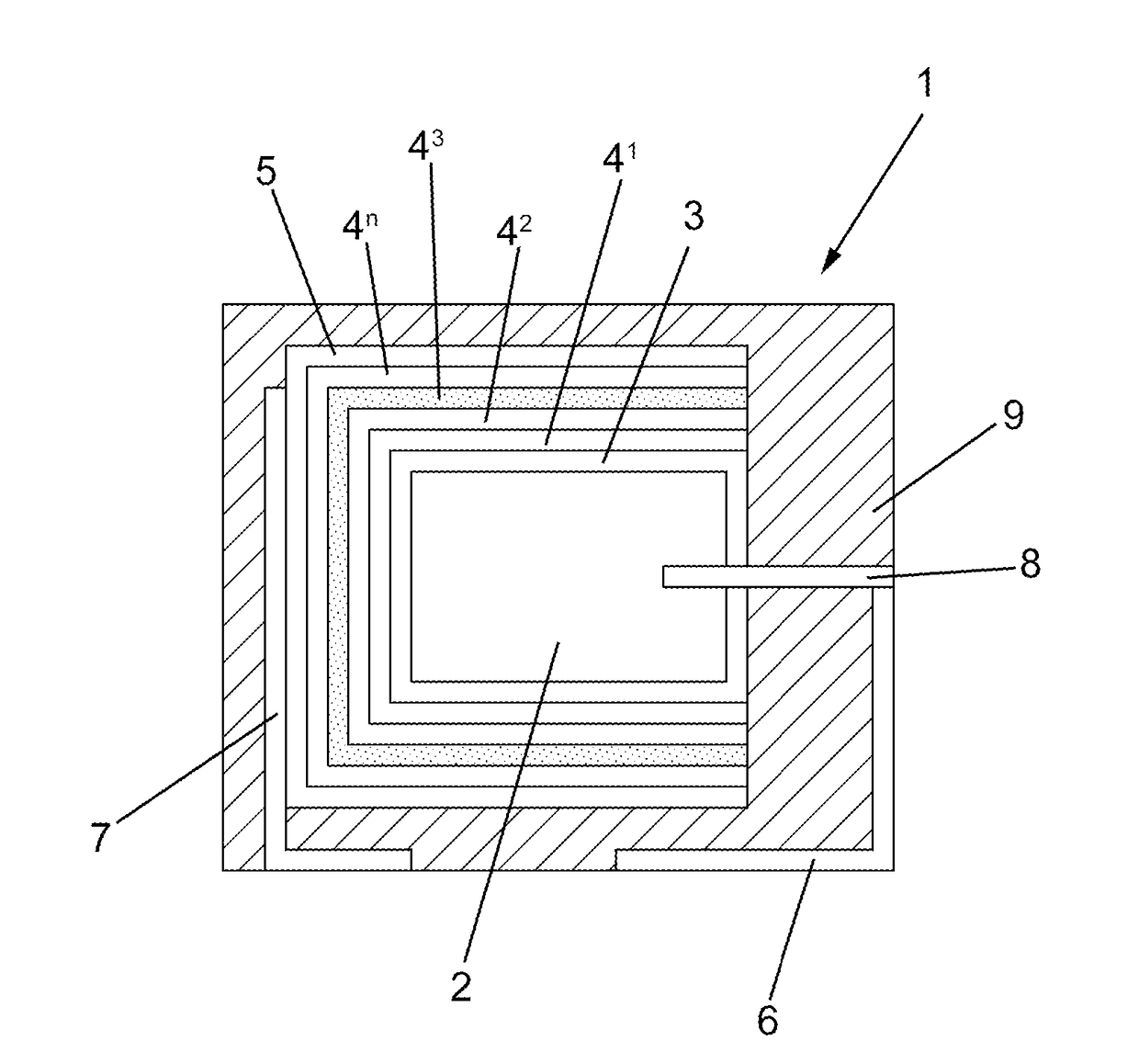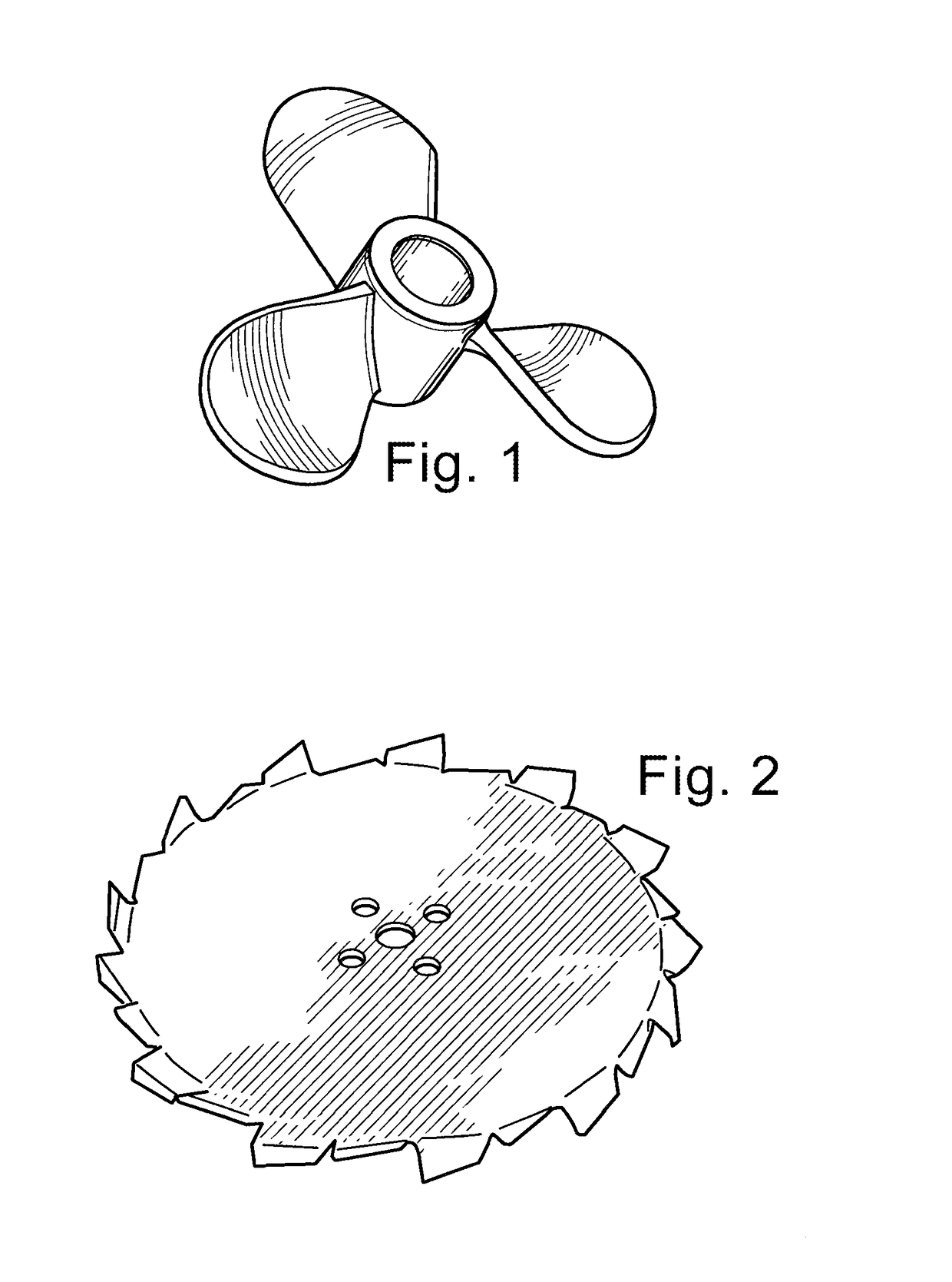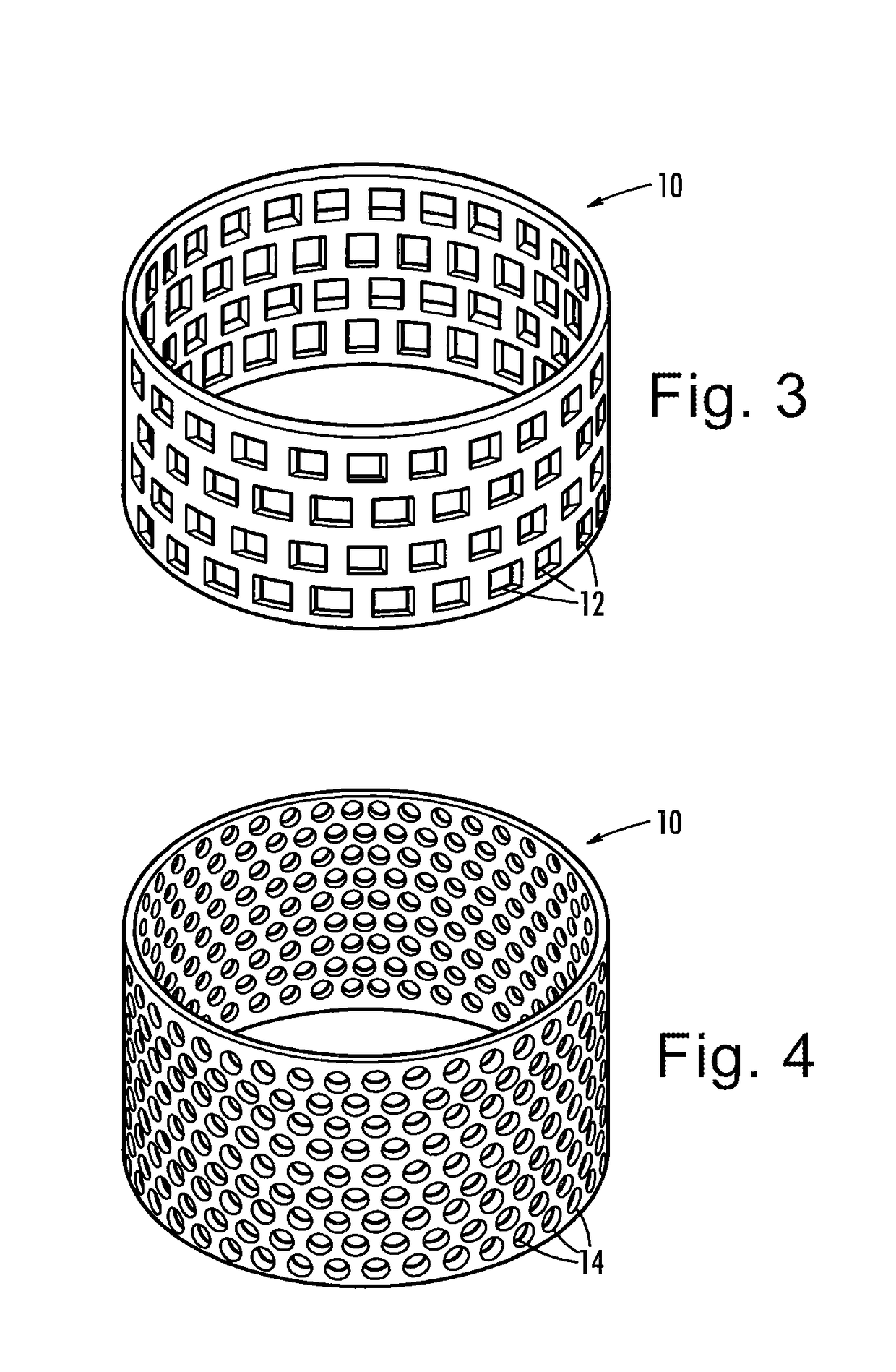Polyanion Copolymers for Use with Conducting Polymers in Solid Electrolytic Capacitors
a solid electrolytic capacitor and polyanoline technology, applied in the field of polyanoline, can solve the problems of poor equivalent series resistance (esr) of solid electrolytic capacitors, high dc leakage current, unintended consequences, etc., and achieve the effects of improving the coverage of corners/edges of anodized anodes, reducing sulfonic acid concentration, and reducing moisture absorption of conducting polymer layers
- Summary
- Abstract
- Description
- Claims
- Application Information
AI Technical Summary
Benefits of technology
Problems solved by technology
Method used
Image
Examples
Embodiment Construction
66.5Example 2344.5Example 2535.6Example 2632.0
[0168]The inventive polyanion copolymer dispersion was also used as a film forming additive in conductive polymer dispersion. The polymer film was tested for electrical conductivity and film strength. As shown in Table 6, surprisingly the polyanion copolymer dispersion as additive in conducting polymer dispersion does not reduce the electrical conductivity and retains good film strength in hot water.
TABLE 6CONDUCTIVITY AND FILM FORMING PROPERTY OF CONDUCTINGPOLYMER DISPERSIONConductive polymer dispersionPEDOT:PSSAPEDOT:PSSAPEDOT:PSSAPEDOT:PSSAFilm formingNonePrior artprior art nonPolyanion copolymerAdditivebinderpolyaniondispersionadditives(Example 7)Conductivity200120100180(S / cm)Peeling after hotYesYesNoNowater immersionfor 15 min?
[0169]The invention has been described with reference to preferred embodiments without limit thereto. One of skill in the art would realize additional embodiments and alterations which are not specifically sta...
PUM
| Property | Measurement | Unit |
|---|---|---|
| viscosity | aaaaa | aaaaa |
| viscosity | aaaaa | aaaaa |
| viscosity | aaaaa | aaaaa |
Abstract
Description
Claims
Application Information
 Login to View More
Login to View More - R&D
- Intellectual Property
- Life Sciences
- Materials
- Tech Scout
- Unparalleled Data Quality
- Higher Quality Content
- 60% Fewer Hallucinations
Browse by: Latest US Patents, China's latest patents, Technical Efficacy Thesaurus, Application Domain, Technology Topic, Popular Technical Reports.
© 2025 PatSnap. All rights reserved.Legal|Privacy policy|Modern Slavery Act Transparency Statement|Sitemap|About US| Contact US: help@patsnap.com



